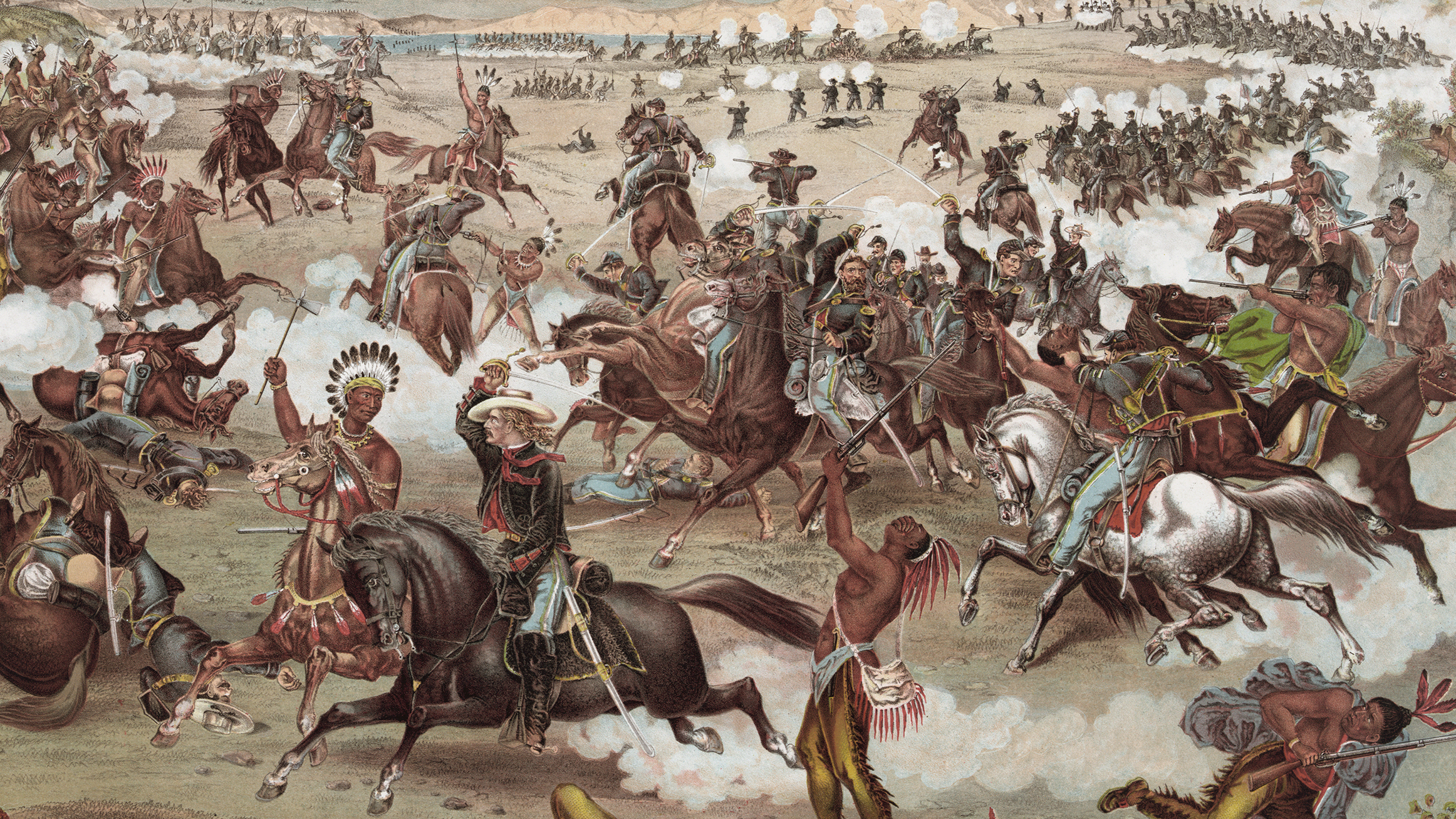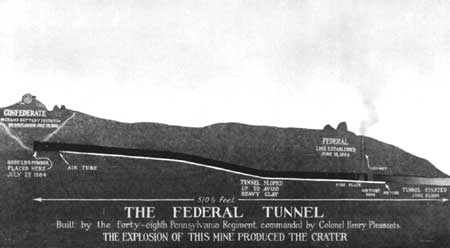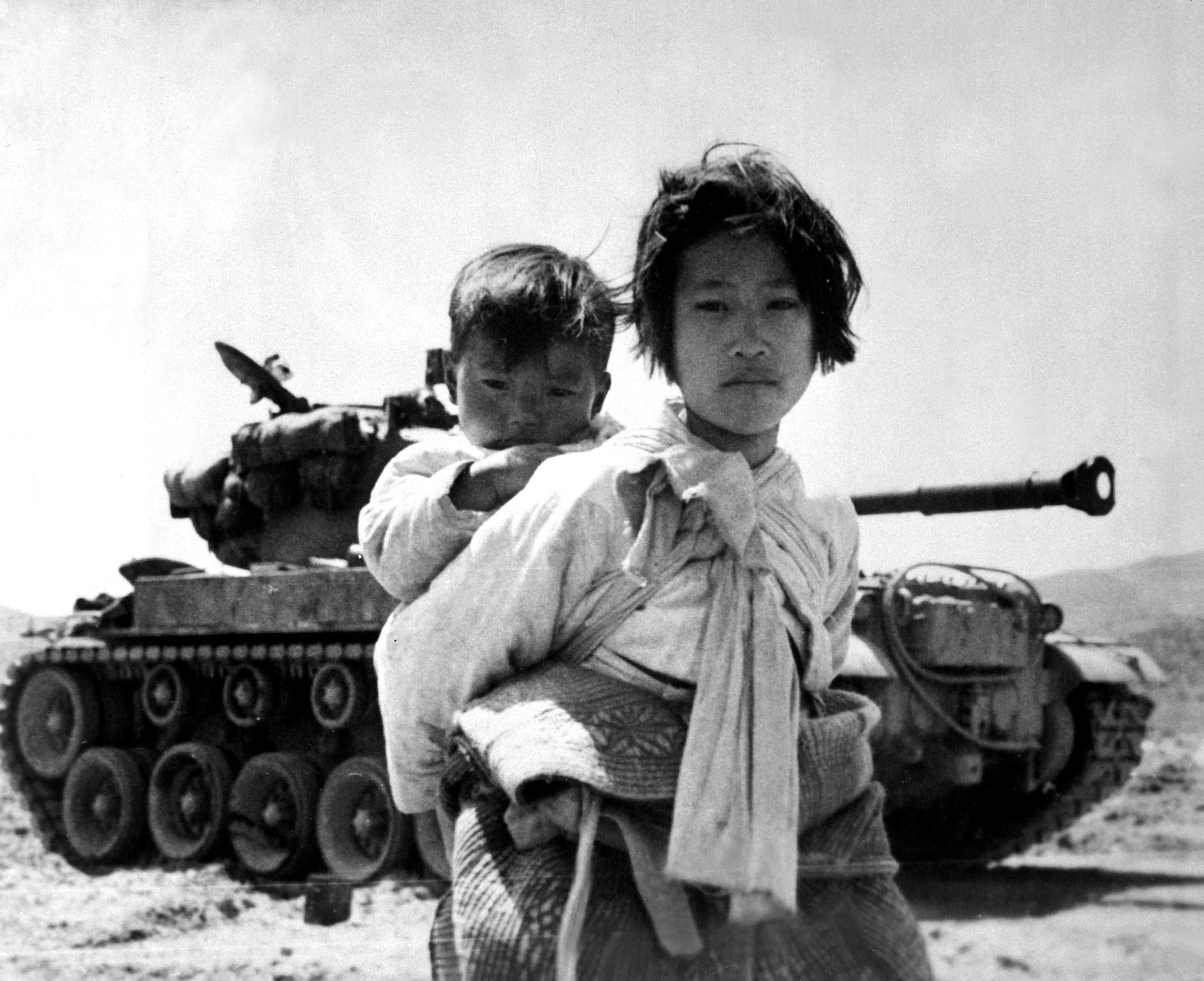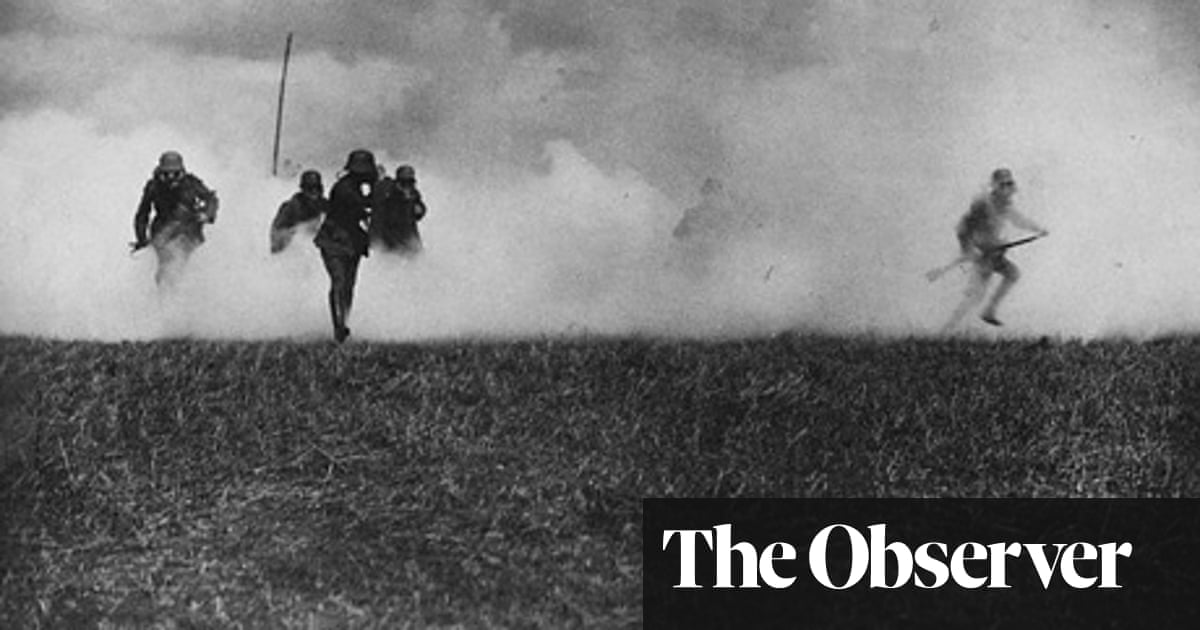
Battle of the Little Bighorn
On June 25, 1876, Native American forces led by Crazy Horse and Sitting Bull defeat the U.S. Army troops of Lieutenant Colonel George Armstrong Custer in the Battle of the Little Bighorn near southern Montana’s Little Bighorn River.
Crazy Horse and Sitting Bull, leaders of the Sioux tribe on the Great Plains, strongly resisted the mid-19th-century efforts of the U.S. government to confine their people to reservations. In 1875, after gold was discovered in South Dakota’s Black Hills, the U.S. Army ignored previous treaty agreements and invaded the region. This betrayal led many Sioux and Cheyenne tribesmen to leave their reservations and join Sitting Bull and Crazy Horse in Montana. By the late spring of 1876, more than 10,000 Native Americans had gathered in a camp along the Little Bighorn River–which they called the Greasy Grass–in defiance of a U.S. War Department order to return to their reservations or risk being attacked.
In mid-June, three columns of U.S. soldiers lined up against the camp and prepared to march. A force of 1,200 Native Americans turned back the first column on June 17. Five days later, General Alfred Terry ordered Custer’s 7th Cavalry to scout ahead for enemy troops. On the morning of June 25, Custer drew near the camp and decided to press on ahead rather than wait for reinforcements.
At mid-day, Custer’s 600 men entered the Little Bighorn Valley. Among the Native Americans, word quickly spread of the impending attack. The older Sitting Bull rallied the warriors and saw to the safety of the women and children, while Crazy Horse set off with a large force to meet the attackers head on. Despite Custer’s desperate attempts to regroup his men, they were quickly overwhelmed. Custer and some 200 men in his battalion were attacked by as many as 3,000 Native Americans; within an hour, Custer and every last one of his soldier were dead.
The Battle of the Little Bighorn—also called Custer’s Last Stand—marked the most decisive Native American victory and the worst U.S. Army defeat in the long Plains Indian War. The gruesome fate of Custer and his men outraged many white Americans and confirmed their image of the Indians as wild and bloodthirsty. Meanwhile, the U.S. government increased its efforts to subdue the tribes. Within five years, almost all of the Sioux and Cheyenne would be confined to reservations.

1996
Khobar Towers bombing in Saudi Arabia kills 19 U.S. airmen
On June 25, 1996, a tanker truck loaded with 25,000 pounds of explosives rips through the U.S. Air Force military housing complex Khobar Towers in Dhahran, Saudi Arabia, killing 19 U.S. airmen and wounding nearly 500 others.

CIVIL WAR
1864
Union begins tunneling toward Rebels at Petersburg
Pennsylvania troops begin digging a tunnel toward the Rebels at Petersburg, Virginia, in order to blow a hole in the Confederate lines and break the stalemate.

SPORTS
1950
U.S. World Cup team wins unlikely victory over England
On June 25, 1950, an American team composed largely of amateurs defeated its more polished English opponents at the World Cup, held in Belo Horizonte, Brazil. Dubbed the “Miracle on Green,” the game is considered one of the greatest soccer upsets of all time.

ART, LITERATURE, AND FILM HISTORY
1988
Teenager Debbie Gibson earns a #1 hit with “Foolish Beat”
Contrary to what some critics of teen pop might imagine, pop sensation Debbie Gibson saw herself not as the next Madonna, but as the next Carole King. And when her single “Foolish Beat” reached the top of the Biilboard Hot 100 on this day in 1988, she achieved something great.

WOMEN’S HISTORY
1993
Kim Campbell becomes Canada’s first female prime minister
In Ottawa, Kim Campbell is sworn in as Canada’s 19th prime minister, becoming the first woman to hold the country’s highest office. Born in Port Alberni, British Columbia, in 1947, Campbell studied law and political science before entering Canadian politics during the 1980s.

WORLD WAR II
1942
Eisenhower takes command
Following his arrival in London, Major General Dwight D. Eisenhower takes command of U.S. forces in Europe. Although Eisenhower had never seen combat during his 27 years as an army officer.

VIETNAM WAR
1965
Viet Cong blow up a floating restaurant
Two Viet Cong terrorist bombs rip through a floating restaurant on the Saigon River. Thirty-one people, including nine Americans, were killed in the explosions. Dozens of other diners were wounded, including 11 Americans.

ART, LITERATURE, AND FILM HISTORY
2009
“King of Pop” Michael Jackson dies at age 50
On June 25, 2009, Michael Jackson, one of the most commercially successful entertainers in history, dies at the age of 50 at his home in Los Angeles, California, after suffering from cardiac arrest caused by a fatal combination of drugs given to him by his personal doctor.

CRIME
1910
Congress passes Mann Act, aimed at curbing sex trafficking
Congress passes the Mann Act, also known as the White-Slave Traffic Act, which was ostensibly aimed at keeping innocent girls from being lured into prostitution, but really offered a way to make a crime out of many kinds of consensual sexual activity.

1950
Korean War begins
Armed forces from communist North Korea smash into South Korea, setting off the Korean War. The United States, acting under the auspices of the United Nations, quickly sprang to the defense of South Korea and fought a bloody and frustrating war for the next three years.

INVENTIONS & SCIENCE
1956
Last Packard—the classic American luxury car—produced
The last Packard—the classic American luxury car with the famously enigmatic slogan “Ask the Man Who Owns One”—rolls off the production line at Packard’s plant in Detroit, Michigan on June 25, 1956.

WORLD WAR I
1915
Germans release statement on use of poison gas at Ypres
On June 25, 1915, the German press publishes an official statement from the country’s war command addressing the German use of poison gas at the start of the Second Battle of Ypres two months earlier.
TODAY IN NIGERIA HISTORY

2009 President Umaru Musa Yar'Adua declares amnesty for Niger Delta militants
Comments
Post a Comment